How to Get Rid of Blemishes?
Any form of imperfection on the skin is undesirable. Especially when it comes to unsightly blemishes, they can be emotionally upsetting. Blemish is a loose term used for any skin mark. It can be a blackhead, whitehead, a pustule, age-spot or post-acne mark. Most of the blemishes are non-threatening yet some may signal some underlying medical issue. Almost everyone will experience a blemish in their lifetime. If you are suffering from odd blemishes and want problem-free skin, then this post will help address all spot-related blemish concerns.
How To Know If You Have Blemish Prone Skin?
Here are the common symptoms of blemish prone skin:
- Uneven skin tone
- Skin discoloration
- Itching or skin irritation
- Brown or reddish patches on the skin
- Inflammation of the skin
- Appearance of pustules which are inflamed and painful
- Dryness of the skin
- Eruption of pus from the bumps on the face
- Change in skin texture from soft to rough
Types of blemishes
“Blemish” is a broad term that refers to any type of skin mark. There are numerous types of blemishes.
1) Acne: Acne is caused when sebum (oil), bacteria, or dirt clogs hair follicles. Acne can sometimes leave dark spots, pockmarks, or scarring on the skin. These are also types of blemishes. Hormonal changes are thought to play a role in the formation of acne. Stress may also make acne worse by increasing sebum production, although it’s not considered to be a root cause of this condition.
2) Papules: Papules are small skin lesions of varying types. They’re typically around 1 centimeter in diameter. They can range in color from pink and to brown. Pimples are sometimes referred to as papules. Papules can occur individually or in clusters and can be any shape. Examples of papules include:
- chickenpox rashes
- eczema
3) Dermatitis Nodules: Nodules are a collection of tissue. They’re hard to the touch larger than papules, usually 1 to 2 centimeters in diameter. Nodules can occur at any level of the skin. They can vary in color from flesh-toned to red. Skin tags and warts are examples of nodules. Age spots (liver spots) : These small, dark spots can form on any area of the body that’s been exposed to the sun. They’re most common in people over 50, but they can also occur in younger people.
4) Pustules: Pustules are fluid- or pus-filled bumps. Whiteheads and chickenpox blisters are types of pustules. Other conditions that might cause pustules to form include scabies and rosacea, a common skin condition marked by blisters and visible blood vessels.
5) Birthmarks: Birthmarks typically occur either at birth or shortly afterward. They can range in appearance, size, shape, and color. Moles and port-wine stains are types of birthmarks that typically last for life. Other types, such as hemangioms and salmon patches, tend to fade over time.
6) Melasma: it is very common during pregnancy. It’s a skin condition identified by brownish patches. It can be brought about by sun exposure and hormonal changes.
7) Skin cancer: There are several types of skin cancers, including:
- Basal cell carcinoma
- Squamous cell carcinoma
- Malignant melanoma
Skin cancers can range in appearance and in color. Some forms of skin cancer look like dark moles with irregular borders. Others look like yellow scabs or raised red bumps. Only your doctor can tell for sure if a blemish is skin cancer.
8) Cysts: There are several different types of cysts. They include:
- Epidermoid cysts
- Ganglion cysts
- Sebaceous cysts
Cysts are benign (noncancerous) sacs that contain a substance, such as fluid. They may appear as bumps of varying sizes on or under the skin. They’re often round.
9) Scars: Scarring of the skin occurs when the dermis layer becomes damaged. The dermis is the deep layer of skin where small blood vessels (capillaries), sweat glands, hair follicles, and nerve endings are located. Anything that causes the skin to open can lead to scarring, such as a wound or popped pimples.
What Causes Blemishes On Face?
Face blemishes are caused by a number of factors that lead to the clogging of the pores. Let us look at the reasons causing skin blemishes on the face in detail:
- Genetics – Hereditary reasons can cause blemishes to occur. There are some inherited disorders and conditions that lead to the formation of blemishes such as Fabry disease which involves gene mutation leading to dark, red spots.
- Sun Exposure – Overexposure to the sun’s harmful UV rays is one of the reasons behind common face blemishes and hyperpigmentation.
- Excess Oil Production – Pimples form as a result of excessive oil production by skin’s sebaceous glands, leaving them clogged due to the accumulation of dirt and dead skin cells.
- Hormones – Most blemishes occur due to hormonal changes during pregnancy, menopause, metabolic shifts and menstruation. A hormone called androgen hyperactively increases oil production offering a perfect breeding ground for bacteria thus leading to blemishes.
- Diet – Some dairy products such as skimmed milk can cause acne or pimples in some people. Also, high sugar intake and carbohydrate diet may lead to papules and pustules.
- Certain Medications – Certain medications such as corticosteroids may cause acne as a side-effect and eventually leading to face blemishes.
- Allergies – Some food allergies can cause skin irritation or bumps that impact the skin.
- Improper Skin Care Routine – Your face accumulates a lot of dirt, pollution or dust throughout the day. Lack of a proper skincare routine as per your skin type can lead to facial blemishes. Also, heavy makeup can end up clogging your pores resulting in more face blemishes.
Treatments For Blemishes On Face
The removal options and remedies can help us achieve blemish-free face. It is important to visit your dermatologist to find out the right treatment option for you.
- Topical Medications – The dermatologist prescribes topical medications as the first line of treatment against common face blemishes. In case of mild to medium blemishes, topical creams or lotions containing Vitamin A are generally prescribed. Some examples include tretinoin, tazarotene and adapalene.
The dermatologists also suggest using creams containing benzoyl peroxide and salicylic acid to remove the blemishes. Various products containing salicylic acid as an active ingredient are easily available in the market and can be used every day to prevent blemishes. The topical creams and gels work by reducing the inflammation and killing the bacteria present inside the pore to help fade away the blemish. - Oral Medications – For people suffering from severe blemishes, the dermatologists may prescribe medications to be taken orally along with topical ones. Oral antibiotics are usually prescribed and results can be seen within 6 weeks. Tetracycline is a popular antibiotic prescribed by the dermatologists in India but the course duration differs from person to person.
The doctor may also prescribe birth control pills to treat certain types of blemishes. Apart from that, some over-the-counter topical antibiotics are an inexpensive option to treat blemishes. Creams containing Resorcinol, Azelaic acid and Retin-A are highly recommended against blemishes.
For more skin care tips or any procedure you may contact KEMPS SKIN CLINIC, it’s the most advanced Laser hair removal and skin care clinic in Ghaziabad.

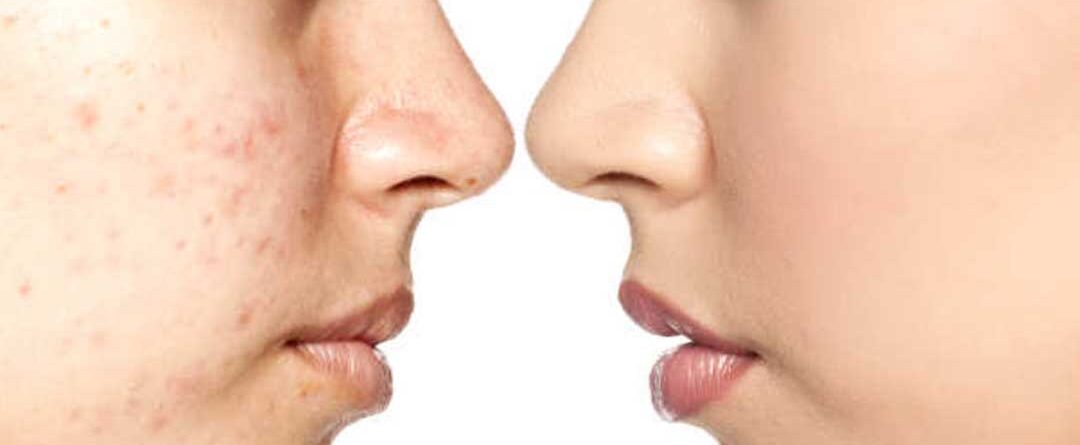
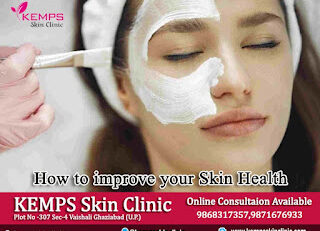
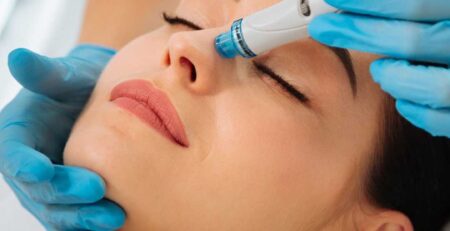


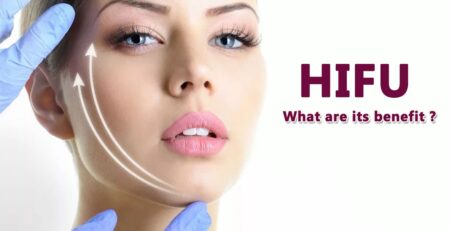
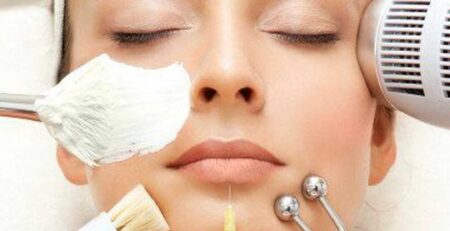
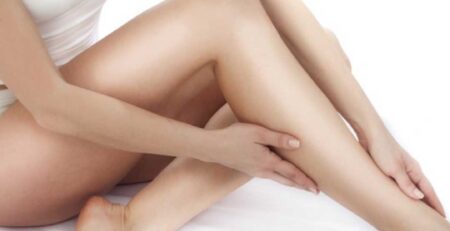
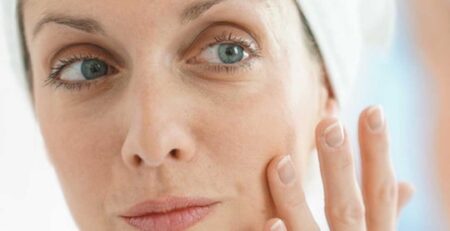

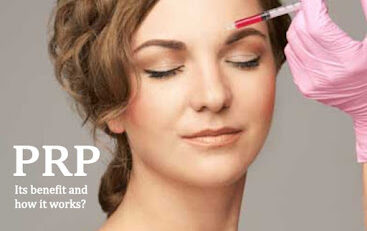

Leave a Reply